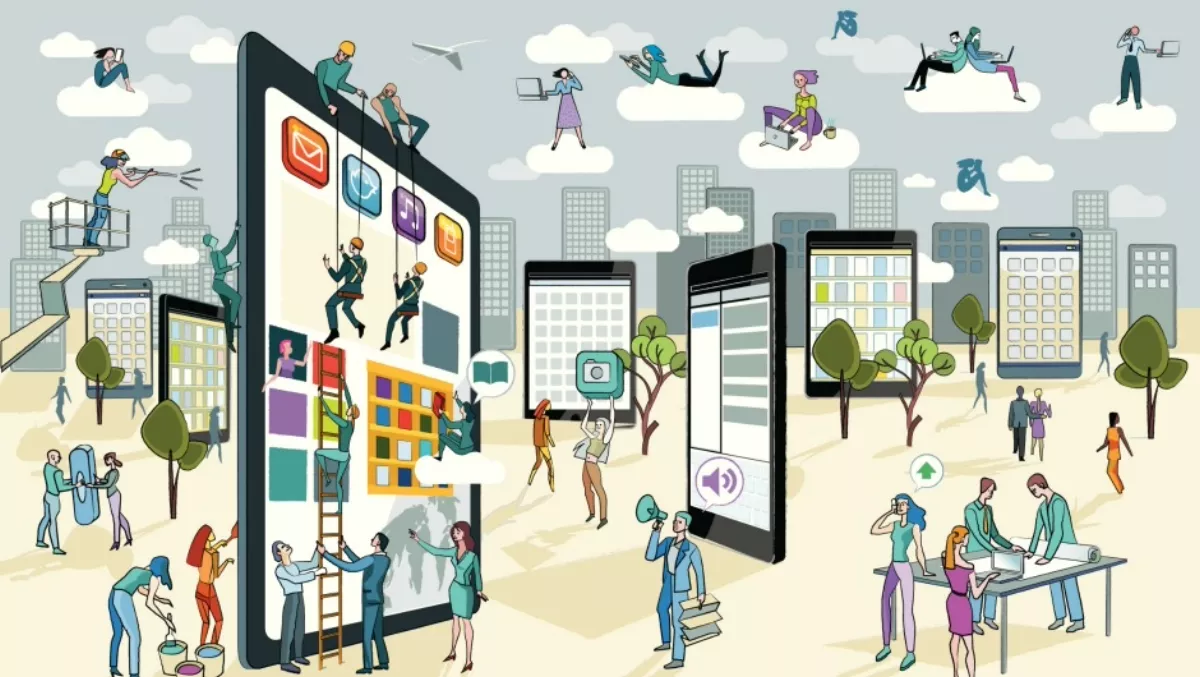
Analyst Opinion: Coming to a device near you – the enterprise digital workplace
Persistent and rewarding customer experiences are designed, delivered, and managed using enterprise software and line-of-business applications. And, as every CIO knows, providing access and support to users of these systems is a costly and complicated business, especially in a heterogeneous end-user computing environment that is peppered with legacy applications and processes. So, what's the solution? The answer is the enterprise digital workplace, an end-user computing environment that is delivered as a service, utilising thin-client, server-based computing and application virtualisation technologies.
Delivering an appealing employee IT experience
MWC 2016 provided an interesting opportunity to see what excites people: investors, entrepreneurs, analysts, buyers, enterprises, and of course the media. If the news stories posted in the popular media are anything to go by, MWC 2016 was all about Internet of Things (IoT) gadgets, wireless gizmos, and virtual reality (VR) goggles. There is, of course, a great deal more going on behind the glitz and glamour of consumer-related product launches (read Ovum's coverage to find out more), but it's the new smartphones, tablets, and mobile computing devices that has captured general interest.
When it comes to workplace IT, many organisations have lost the full attention of the employee. Clunky software, ill-suited devices, and draconian IT policies have resulted in a sizeable segment of the workforce taking responsibility for IT themselves; bring your own device (BYOD) and shadow IT are the visible and less visible elements of this, respectively, particularly where the tech-savvy employee is concerned. But what about the technology-ambivalent employee, how is he or she reacting? The answer is somewhere on the way to disillusionment, disenchantment, and ultimately disengagement. This is not what managers and business leaders want, because they know that such moods affect productivity, collaboration, and, eventually, the business innovation that powers growth and progress.
We might like to think we are a tech-savvy workforce compared with our predecessors, but this is not really the case. Corporate IT causes a significant amount of stress and anxiety in the workplace, so we must do something about it. This means building an enterprise digital workplace that is a joy to use, starting with the device experience. The Consumer Electronics Show (CES) gave us the first glimpse of new corporate hardware that would not look out of place in a hip-and-trendy West Coast coffee shop, and MWC 2016 continued the theme, with the HP Elite x3 "superphone" attracting interest from attendees.
HP's new device attempts to resolve the smartphone vs. tablet vs. laptop vs. desktop conundrum/dilemma. It does this by offering business customers a "military grade" (MIL-STD 810G) next-generation mobile computing platform that has been designed with an enterprise digital workplace strategy in mind. Possessing the compute power of a modest PC, the versatility of a tablet, and the connectivity of a smartphone, HP's device has distinctive design features, such as speakers tuned by Bang - Olufsen, and optional peripherals, such as the Desk Dock and Mobile Extender, which let you use the phone like a PC, providing access to legacy enterprise applications as it does so.
If you are building an enterprise digital workplace, consider this: strong security does not have to mean a cumbersome user experience; high-end design aesthetics do not have to mean impractical or overly expensive hardware; and a personalised mobile experience does not have to mean a high-cost, unmanageable end-user computing environment.
Article by Richard Edwards, Ovum analyst

